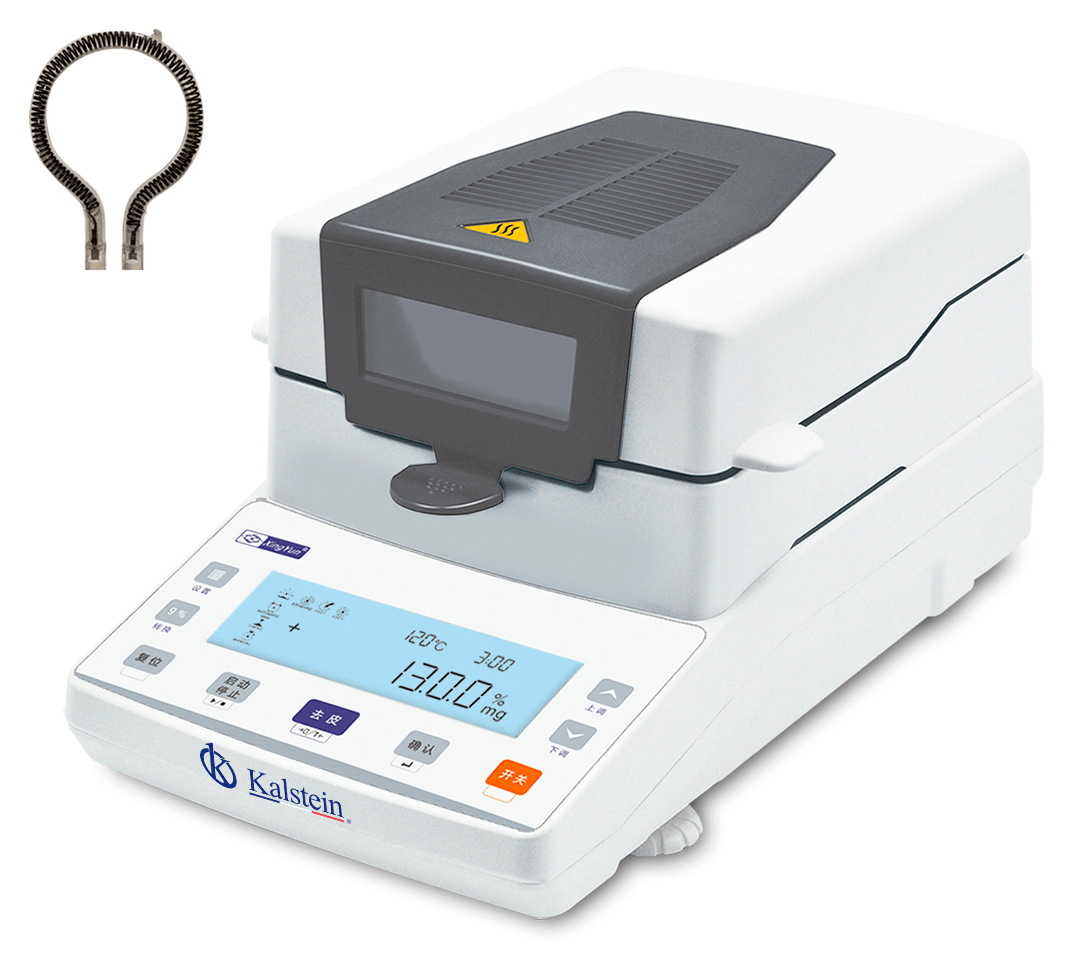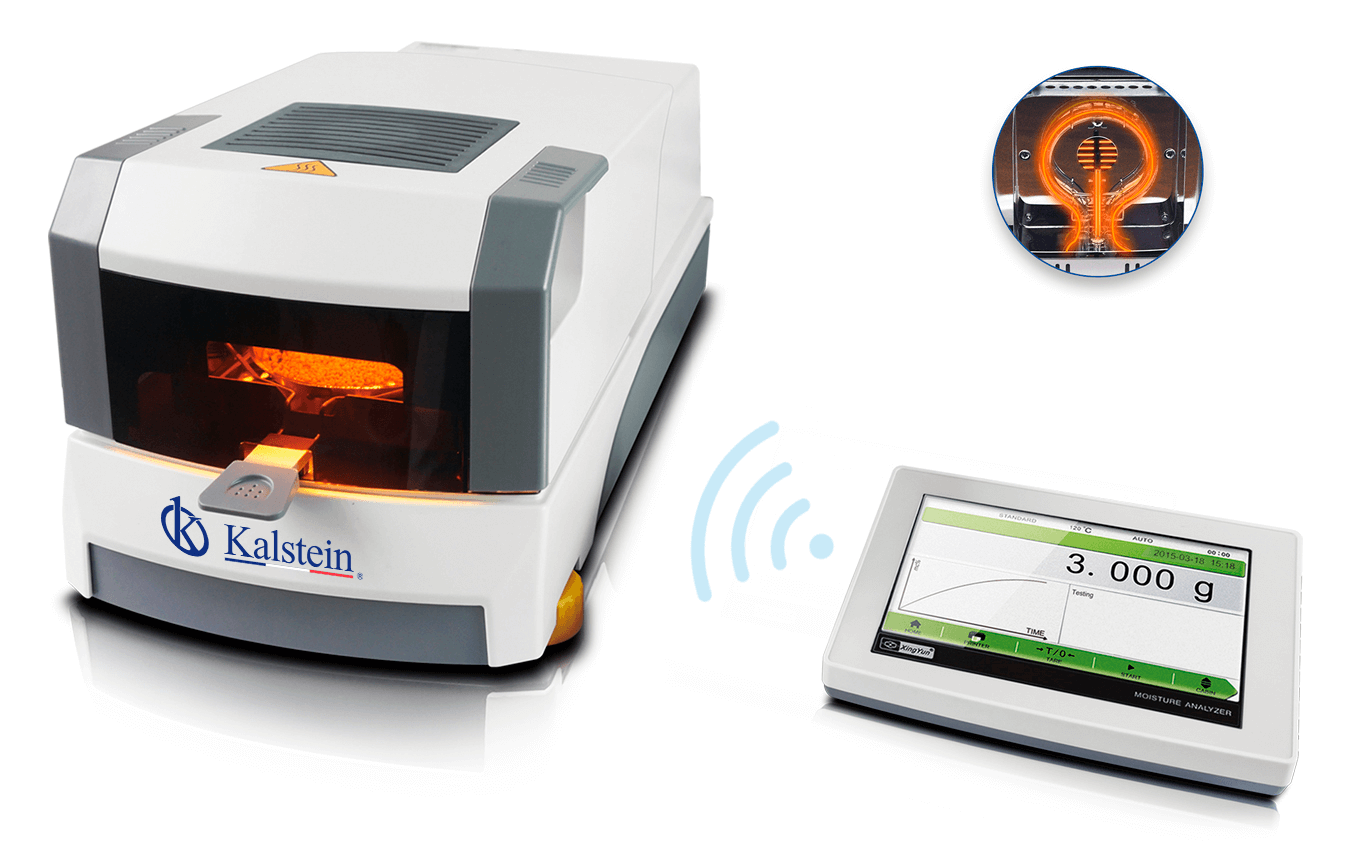Hantavirus is a zoonotic viral disease caused by the hanta virus, and carriers of this infectious agent are rodents, particularly mice. The virus is present in the excrement and urine of these animals, contaminating humans through contact and inhalation or through the bite of the rodent. It should be noted that this virus does not cause disease in animals that carry it.
The name of the hantavirus comes from the Hantan River in South Korea, where the prototype of the Hantan virus was originally located in 1978. However, it was not until 1933 that it was first detected in humans, first in the southwestern United States and then in other American countries. This disease occurs in rural areas, such as fields, forests, and farms, where rodents are typically housed, but there is a possibility of transmission in urban areas.
This respiratory condition is serious and sometimes fatal, and can damage the lungs or kidneys. Diagnosis of hantavirus infection requires serologic tests to confirm the presence of the virus. Because the size of the hantavirus is about 90 nm and 120 nm in diameter, the use of the electron microscope is fundamental to the study of its structure, because of the resolution power it has.
Using the microscope for tissue analysis with hantavirus
The electron microscope is commonly used for research, however, due to its superior augmentation capability, which lies above the conventional microscope, it is also used for the diagnosis of microbial diseases, identification of bacteria, parasites, fungi and viruses such as hantavirus.
Hantavirus infection is suspected when a person exposed to the virus has typical symptoms of the virus such as headache, fever, diarrhea, vomiting, cough, shortness of breath, muscle aches, and abdominal pain. However, for identification, blood tests with serologic tests are needed. In order to carry out these studies, it is essential to have an electron microscope, as it achieves a higher resolution than conventional microscopes, making it possible to visualize agents below 2 nm, while being perfect for observing the hantavirus virus, which ranges in size from 90 nm to 120 nm in diameter.
Kalstein Microscopes
At Kalstein, we are, par excellence, MANUFACTURERS of all kinds of laboratory equipment, for those dedicated to the field of scientific research and medicine. In addition to quality and cutting-edge technology, our equipment also offers the best prices on the market. If you are looking for a microscope, you can find in our catalog all kinds of models, such as binoculars, inverts, trinoculars, biologics, metallurgics, polarizations and stereoscopics. To make your PURCHASE, just visit our catalog, click on the following link HERE



